Home>Ideas and Tips>Organizing And Preserving Family Heirlooms
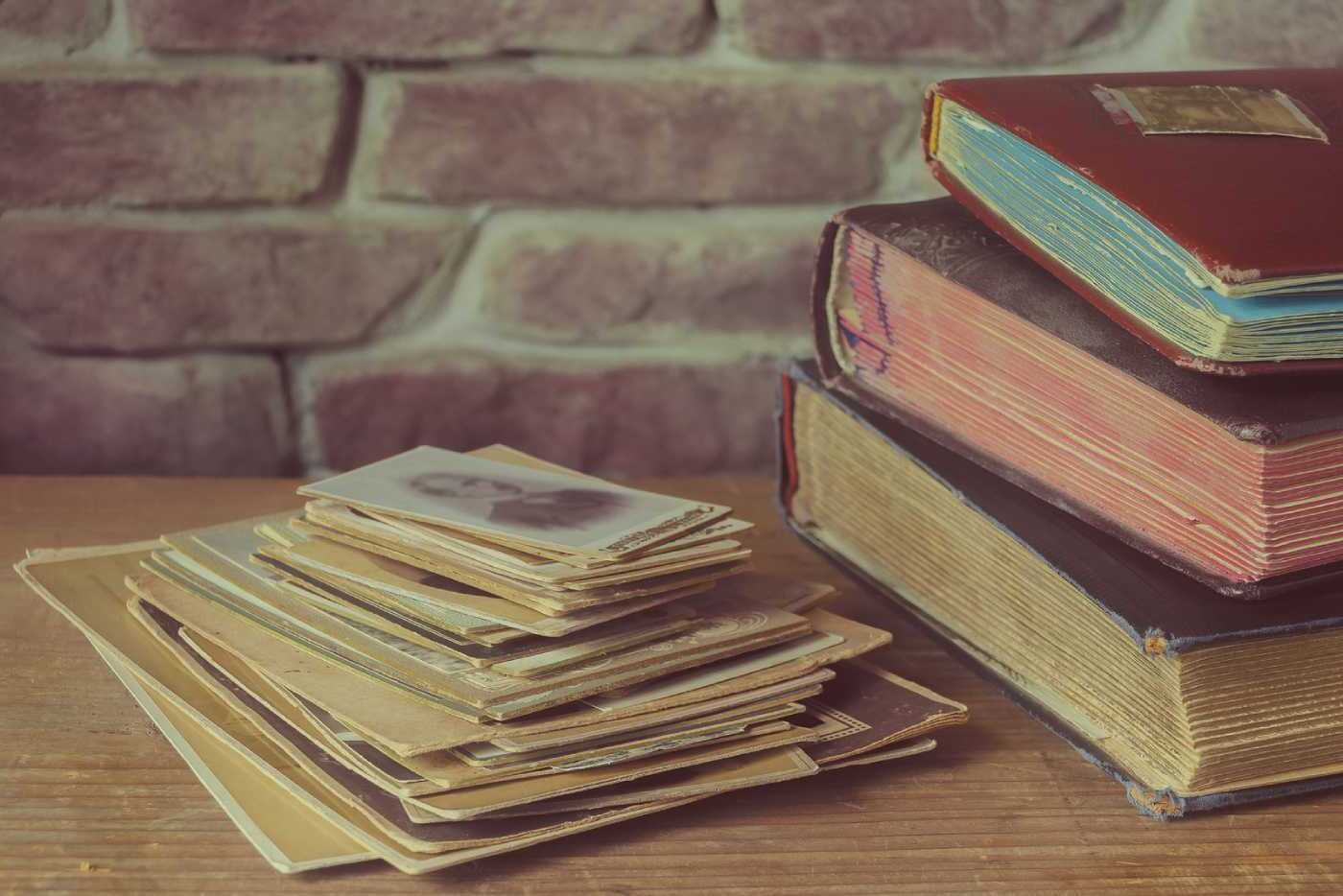

Ideas and Tips
Organizing And Preserving Family Heirlooms
Published: October 27, 2024
Learn how to organize and preserve family heirlooms with our comprehensive guide, ensuring your cherished items remain intact for future generations.
(Many of the links in this article redirect to a specific reviewed product. Your purchase of these products through affiliate links helps to generate commission for Storables.com, at no extra cost. Learn more)
Family heirlooms are more than just physical objects; they hold the history, memories, and emotional connections of our families. Preserving these treasures for future generations requires careful planning, organization, and attention to detail. In this article, we will delve into the steps necessary to organize and preserve family heirlooms, ensuring they remain cherished and intact for years to come.
Understanding the Importance of Family Heirlooms
Family heirlooms are often passed down through generations, serving as tangible links to our past. They can include a wide range of items such as jewelry, clothing, furniture, photographs, documents, and more. These objects not only hold sentimental value but also provide a window into our family's history and cultural heritage.
Read more: How To Organize And Display Family Heirlooms
Organizing Your Family Heirlooms
Organizing family heirlooms is a crucial step in preserving them. Here are some practical tips to help you get started:
1. Categorize and Group Items
Begin by categorizing your heirlooms into groups based on their type or significance. For example, you might group all jewelry together or separate items into categories like photographs, documents, and artifacts.
2. Label Each Item
Labeling each item with its name, date of origin, and any relevant history can help you keep track of what you have and ensure that future generations understand the significance of each piece.
3. Create a Catalog
Create a catalog or inventory of your heirlooms. This can be done using a spreadsheet or a dedicated app designed for cataloging items. Include details such as the item's name, description, date of origin, and any stories associated with it.
4. Store Heirlooms Properly
Proper storage is essential for preserving heirlooms. Here are some tips:
- Avoid Unheated Spaces: Never store heirlooms in garages, attics, storage units, sheds, or other unheated spaces. These areas are prone to pests and extreme temperature fluctuations that can damage materials.
- Use Acid-Free Materials: Store textiles in large acid-free boxes layered with acid-free tissue to prevent damage from acid migration.
- Secure Fragile Items: Store fragile items like old china with museum putty or supports around them to prevent chips and cracks.
5. Maintain a Safe Environment
Ensure that the storage area is free from moisture and extreme temperatures. Basements can also be problematic if they don’t have proper climate control.
6. Digitize Your Collection
Digitizing your collection is a great way to preserve it digitally while also making it easier to share with family members who may not have access to the physical items. Here’s how you can do it:
- Photograph or Scan Items: Capture high-quality photographs or scans of physical items like letters, photographs, jewelry, and artwork.
- Use Descriptive File Names: Store these digital copies in organized folders on a computer or an external hard drive. Use descriptive file names and include metadata like dates, names, and the item’s history.
- Create Digital Archives: Store these digital files in cloud storage services like Google Drive or Dropbox to safeguard against data loss from hardware failure.
Preserving Different Types of Heirlooms
Each type of heirloom requires specific preservation methods to ensure it remains in good condition over time.
1. Jewelry
Jewelry is often delicate and requires special care:
- Use Jewelry Boxes: Purchase the correct type of jewelry box with lined boxes, multiple compartments, and a secure lid.
- Clean Jewelry Carefully: Before cleaning jewelry, consult a professional jeweler for advice specific to your piece so that you can keep it in optimal condition.
- Avoid Tangles: Keep antique jewelry pieces separate to prevent tangling or damage. Wrap delicate items like necklaces and bracelets in soft cloth to avoid scratches.
2. Photographs
Photographs are fragile and can deteriorate over time:
- Scan Photos: Scan photos and documents only once at high resolution to prevent damage from repeated handling.
- Store in Acid-Free Archives: Store photographs in acid-free archives to prevent deterioration over time.
3. Textiles
Textiles like linens and quilts require special care:
- Clean Textiles Before Storing: Clean textiles before storing them to prevent dirt from causing damage.
- Store in Acid-Free Boxes: Store textiles in large acid-free boxes layered with acid-free tissue between them. Minimize the number of folds as textile fibers often break along folds.
4. Military Uniforms
Military uniforms are made tough but still require preservation:
- Protect from Sunlight, Moisture, and Insects: Protect the uniform from sunlight, moisture, and insects by storing it in an interior closet free from extreme temperatures and moisture.
- Store in Archival Boxes: Preserve both the uniform and accessories in archival boxes for longer storage.
5. Quilts
Quilts are often handmade and require careful handling:
- Document History: Document your quilt’s history including its age and any notable events associated with it.
- Store on an Unused Bed: Store an old quilt on an unused bed to keep it flat and prevent creases.
Establishing Provenance
Provenance is the history of ownership of an item. Establishing provenance helps in understanding the significance of each heirloom:
- Photograph the Item: Photograph the item along with any documentation or records of ownership.
- Create a Provenance Document: Write a provenance document detailing who owned the item, when it was acquired, and any notable events associated with it.
Passing Down Family Heirlooms
Passing down family heirlooms involves more than just handing over physical objects; it also involves sharing their history and significance:
- Create a Family Heirloom Succession Plan: Think about all the fond memories attached to various heirlooms scattered throughout your home. Create a plan for who will inherit each family heirloom at your next family reunion.
- Assign Each Item to a Specific Family Member: Assign each item to a specific family member who has always shown a particular fondness for it. This ensures that those tablecloths, clocks, watches, and charms won’t end up in the hands of another family member without their consent.
Tips for Preserving Family Heirlooms
Here are some additional tips for preserving family heirlooms:
1. Maintain Air Quality and Temperature Control
Maintain air quality and temperature control in the storage area to prevent mold growth and extreme humidity fluctuations that could cause materials to expand and contract.
2. Avoid Hanging Large Linens
Avoid hanging large linens for long-term display as they can stretch out over time.
3. Consult Professionals
Consult professionals like jewellers or conservators if you’re unsure about how to clean or preserve an item.
4. Digitize Recipes
Handwritten recipes deserve preservation as much as any diary or journal:
- Scan Both Sides of the Card: Scan both sides of the card at 300 dpi resolution.
- Share Digitally: Share card scans digitally by creating virtual collections or uploading images to an online photo book.
Conclusion
Preserving family heirlooms is a significant responsibility that requires careful planning, organization, and attention to detail. By following these steps—categorizing and grouping items, labeling each item, creating a catalog, storing heirlooms properly, maintaining a safe environment, digitizing your collection, preserving different types of heirlooms, establishing provenance, passing down family heirlooms, and following additional preservation tips—you can ensure that these treasured possessions remain cherished for generations to come.
Remember that preserving family heirlooms is not just about keeping physical objects intact but also about preserving the history and memories associated with them. By doing so, you are not only safeguarding your family's heritage but also enriching future generations with a deeper understanding of their roots.
In conclusion, organizing and preserving family heirlooms is an ongoing process that requires dedication but yields immense rewards. By following these guidelines meticulously, you can ensure that these precious items continue to tell stories of love, resilience, and tradition long after you’re gone.
Was this page helpful?
At Storables.com, we guarantee accurate and reliable information. Our content, validated by Expert Board Contributors, is crafted following stringent Editorial Policies. We're committed to providing you with well-researched, expert-backed insights for all your informational needs.
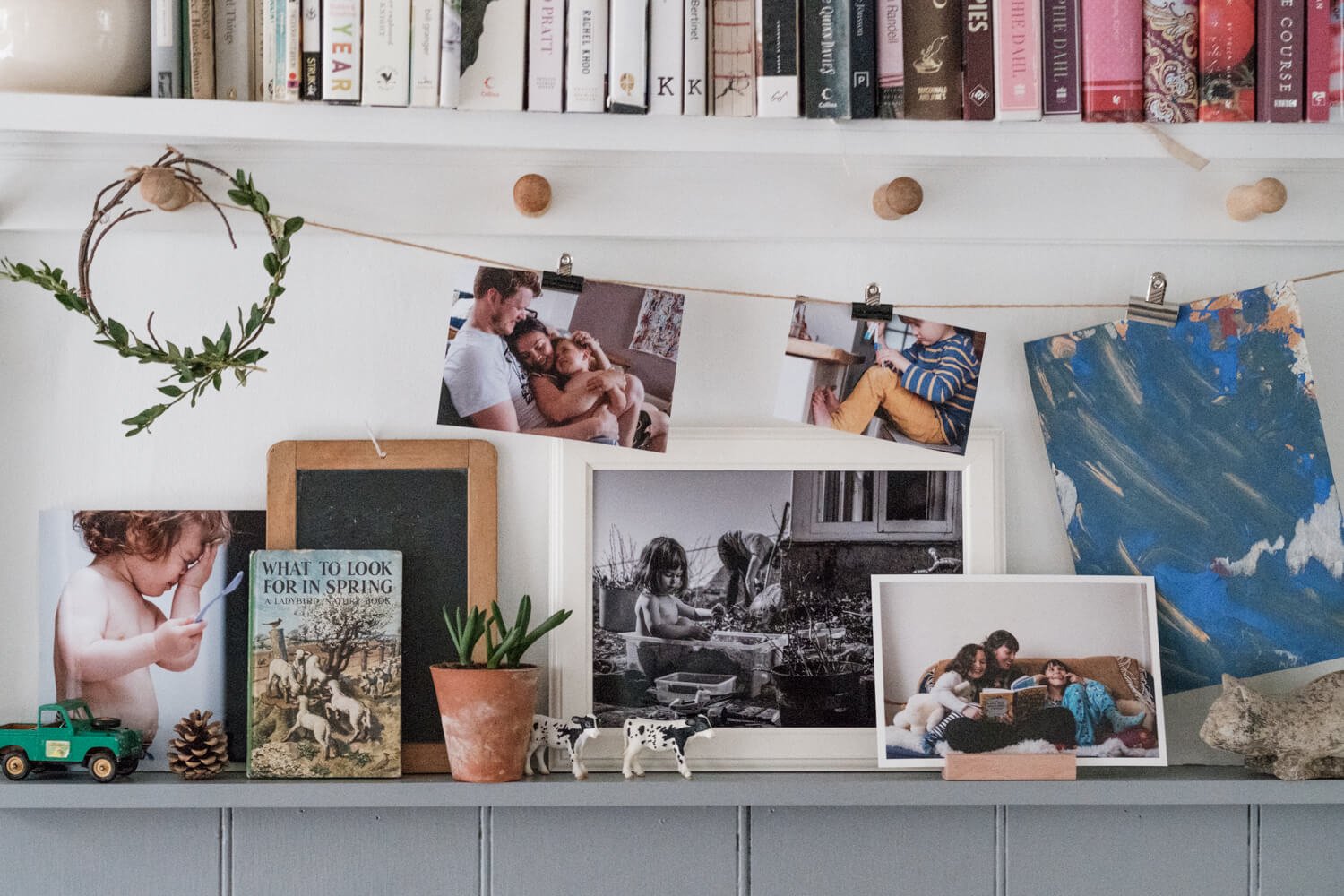

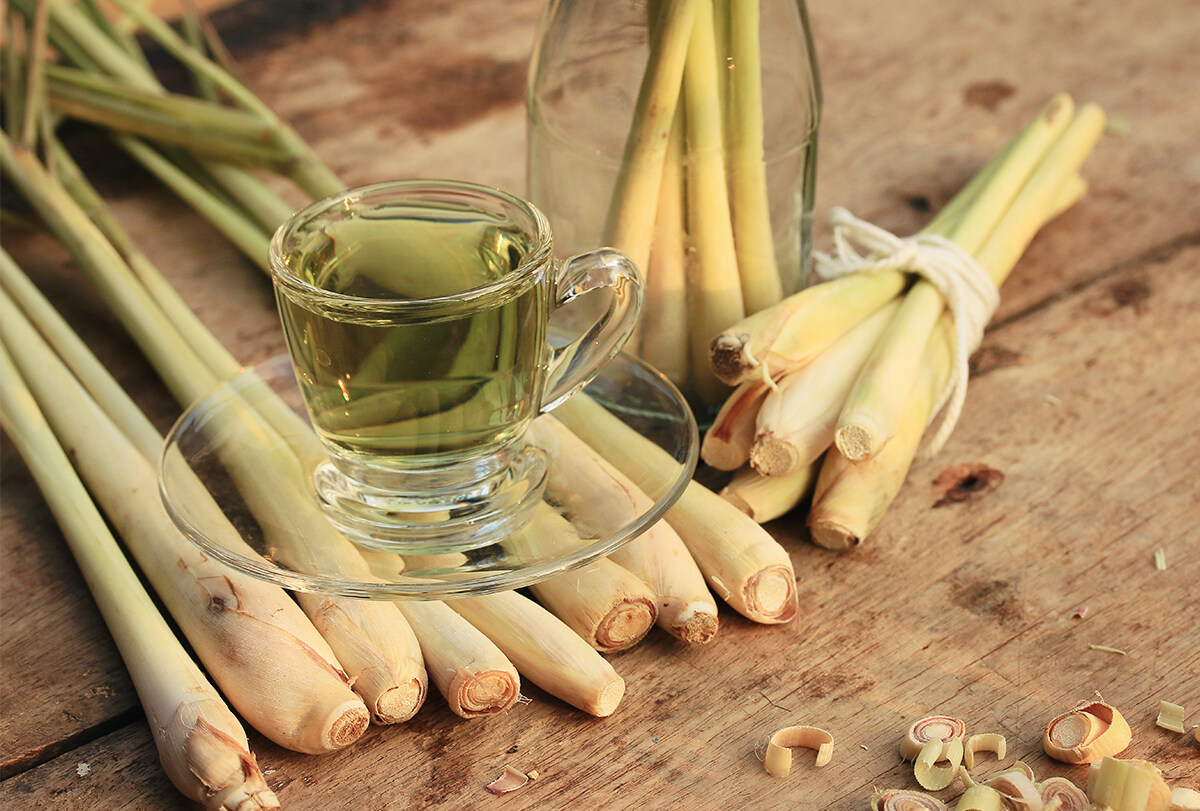

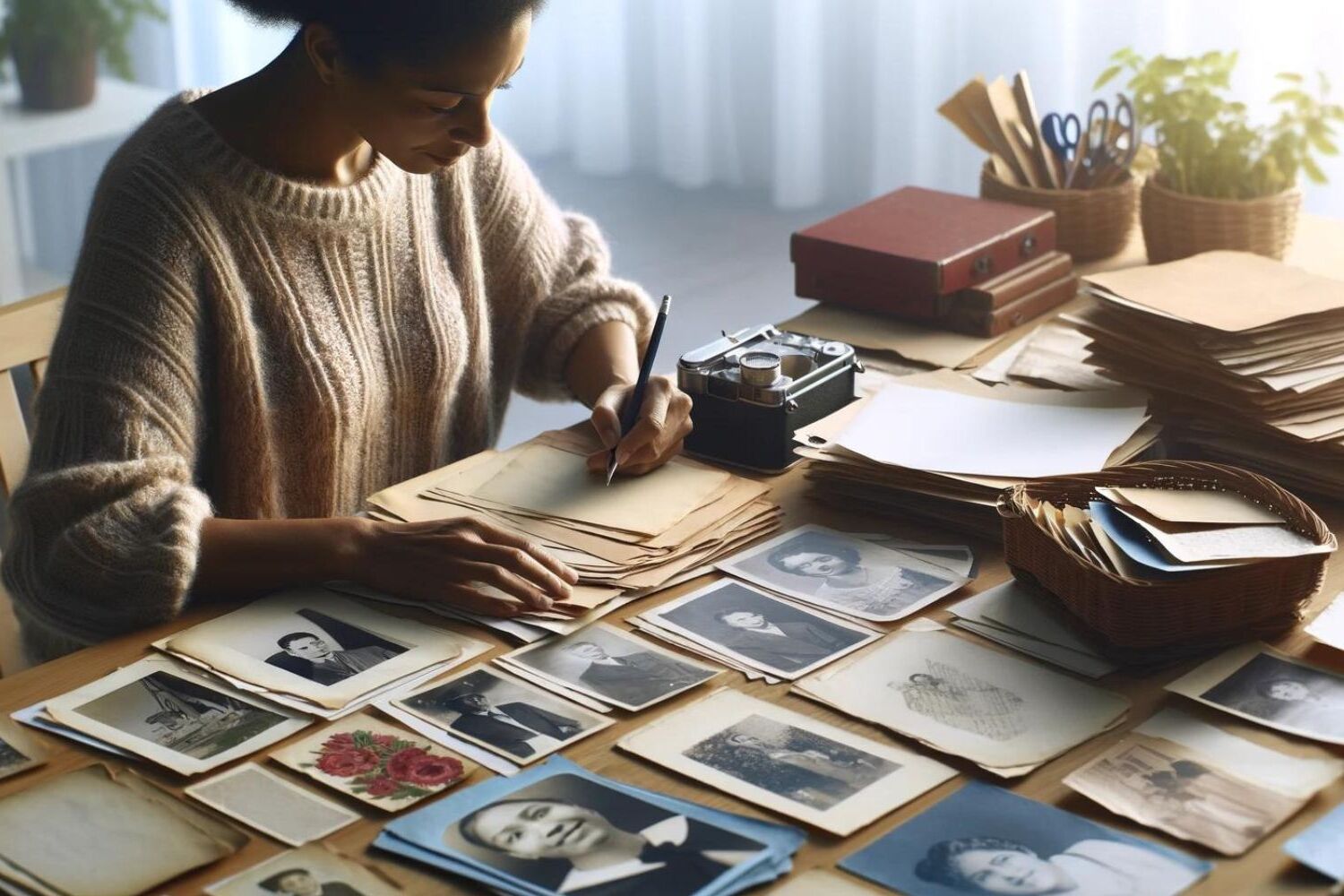
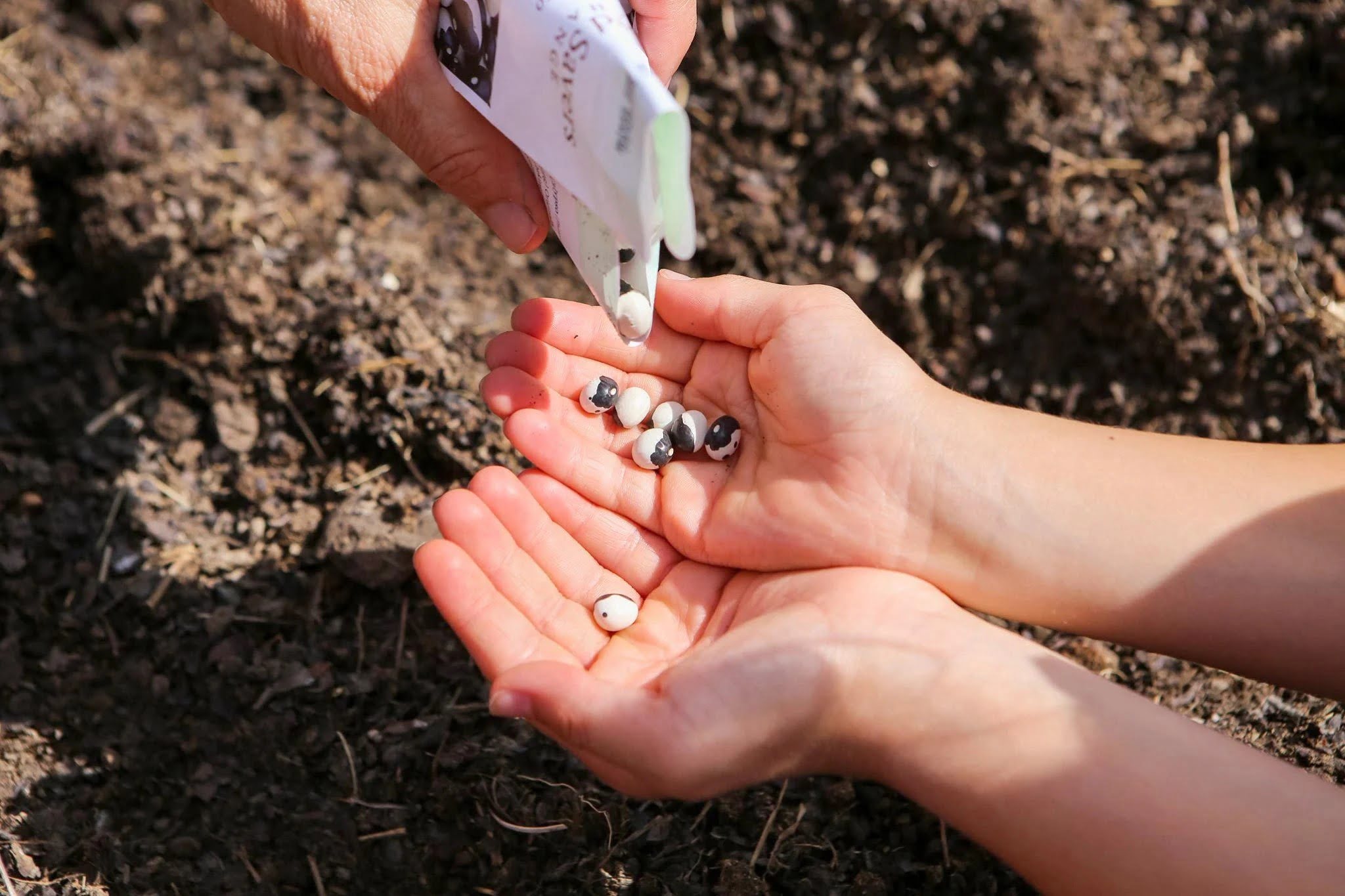
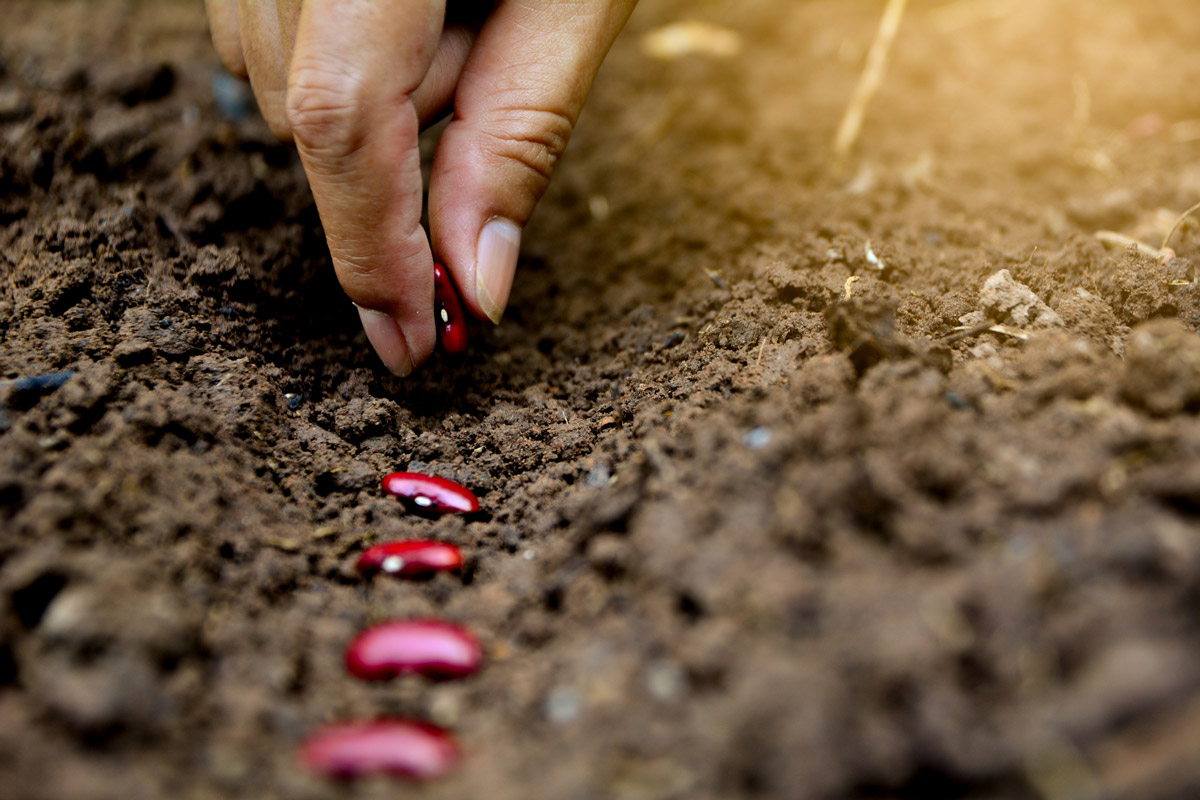
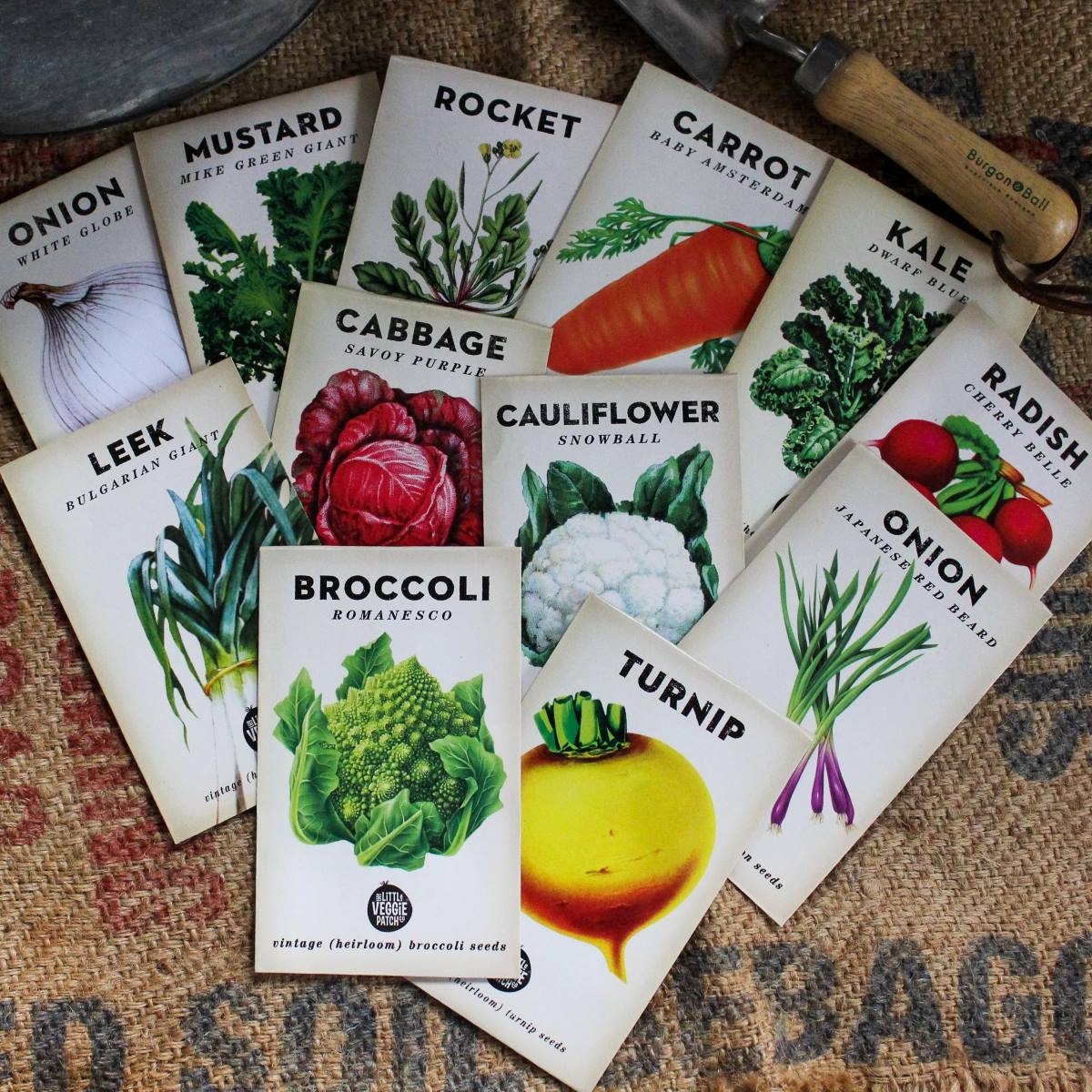

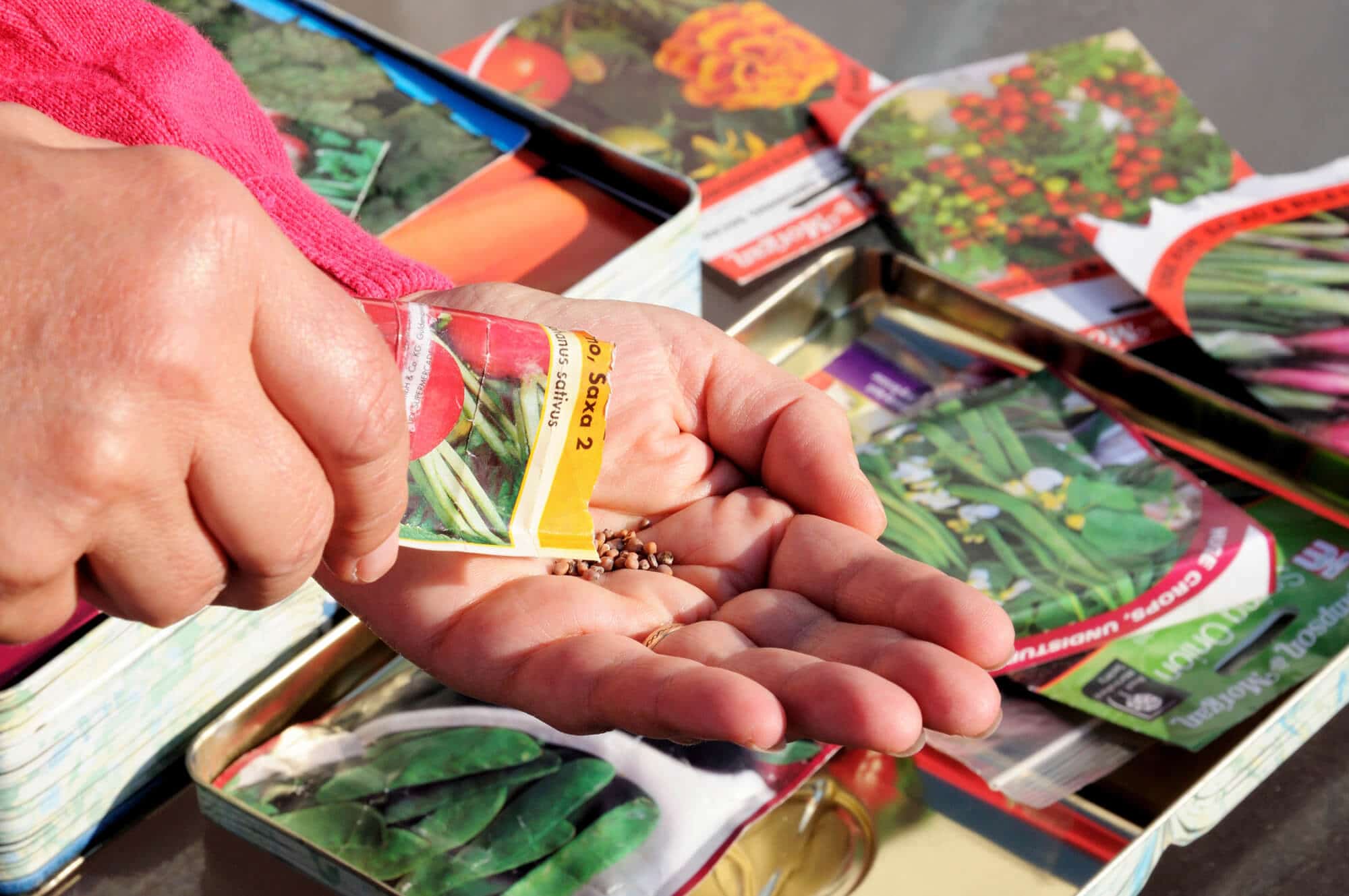
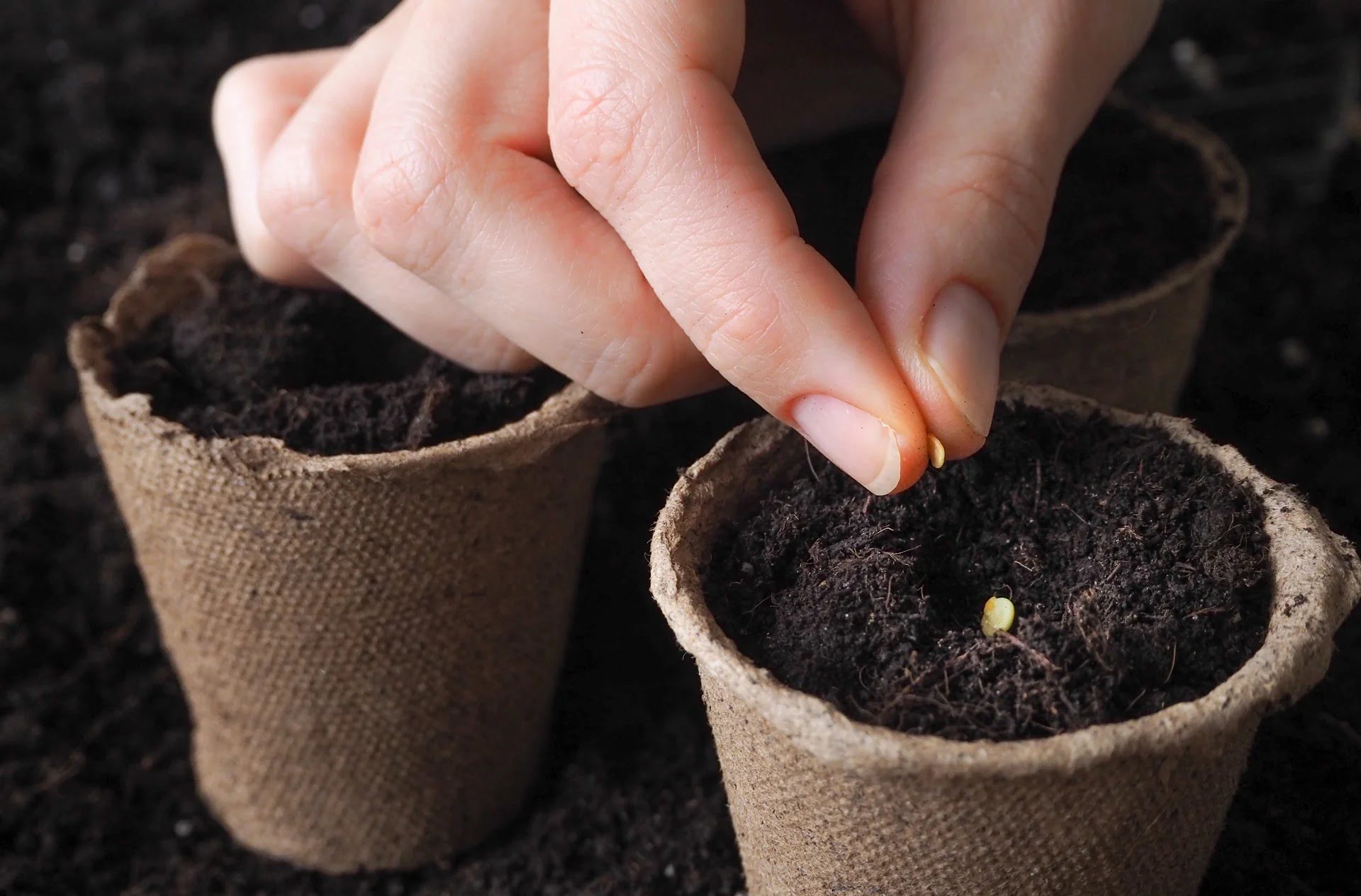
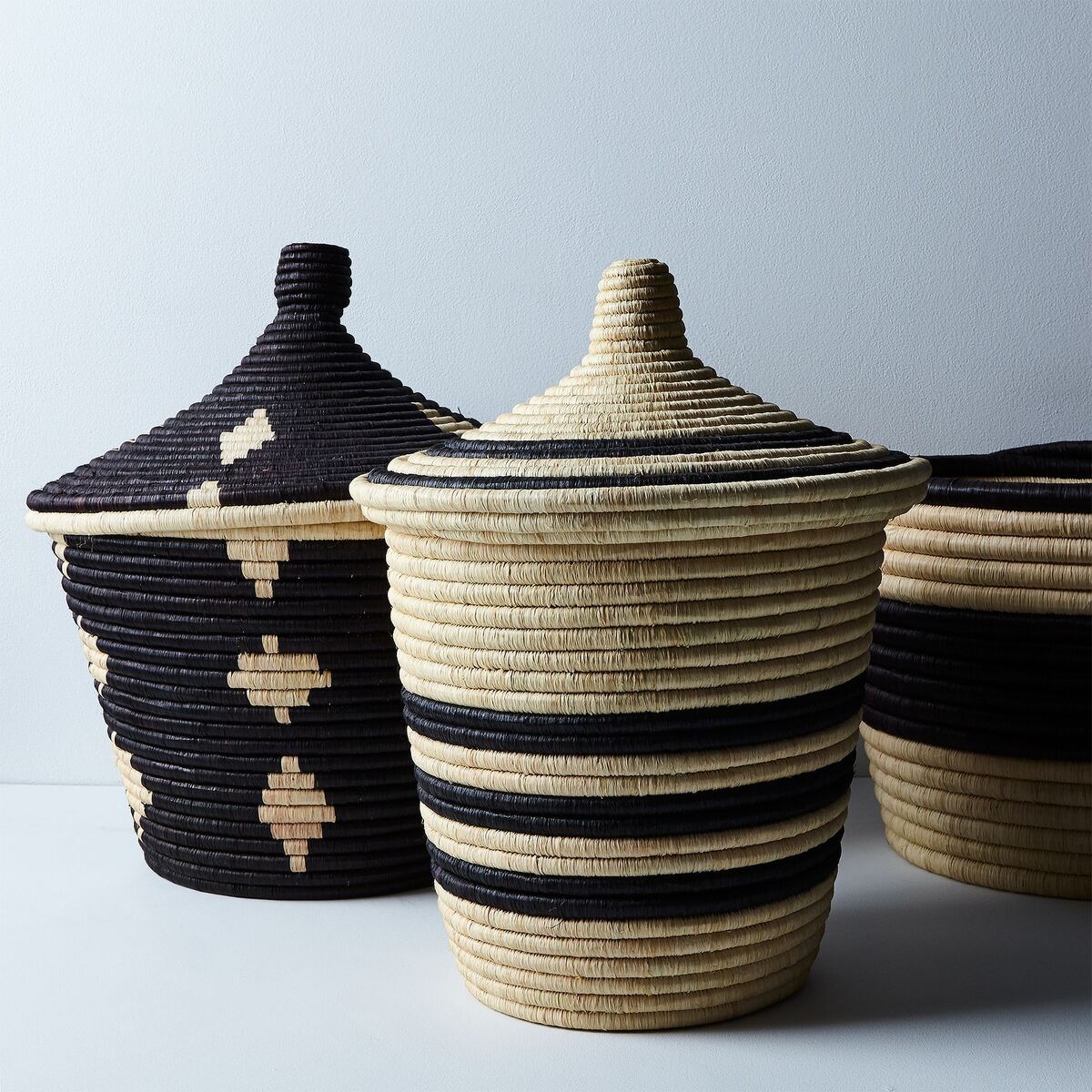
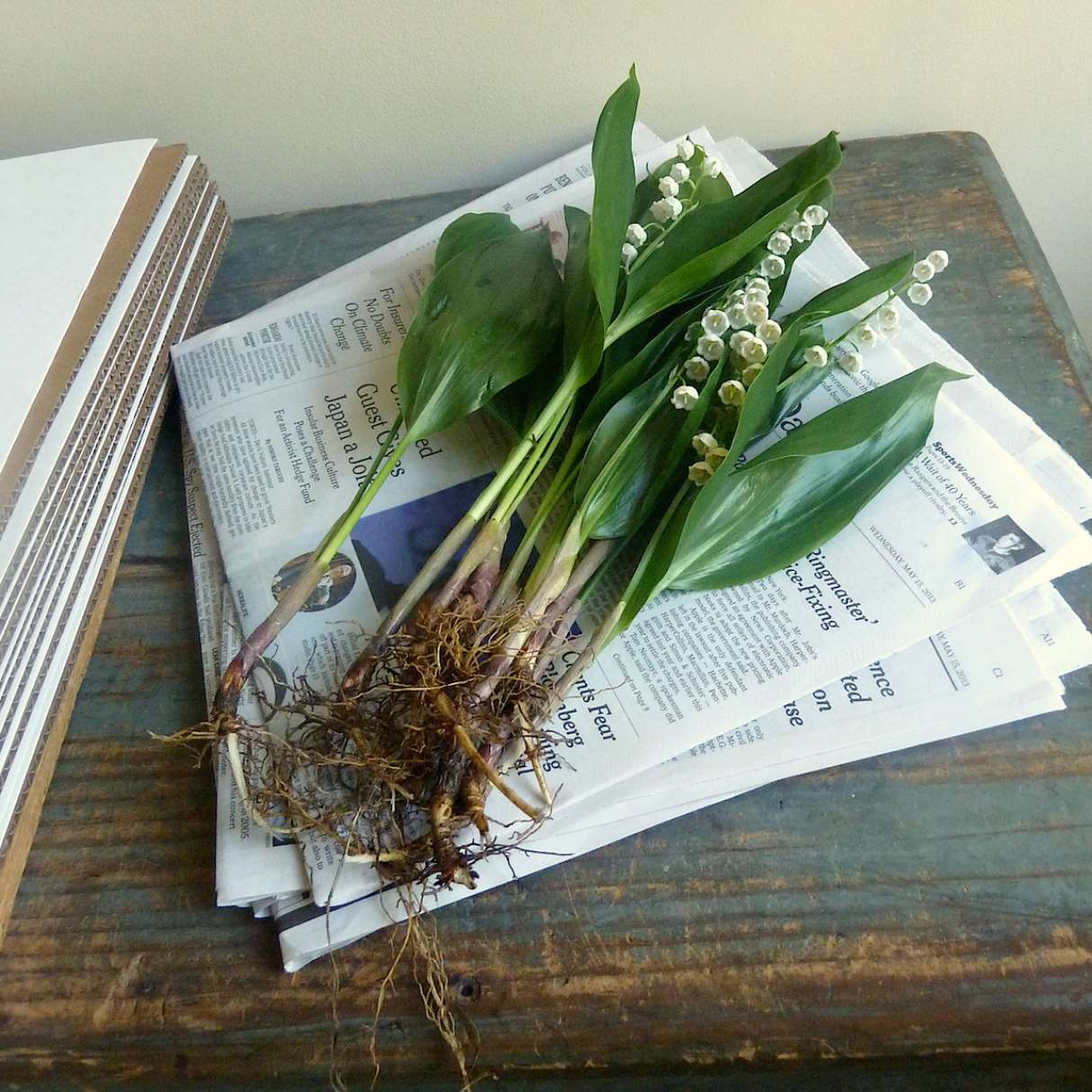
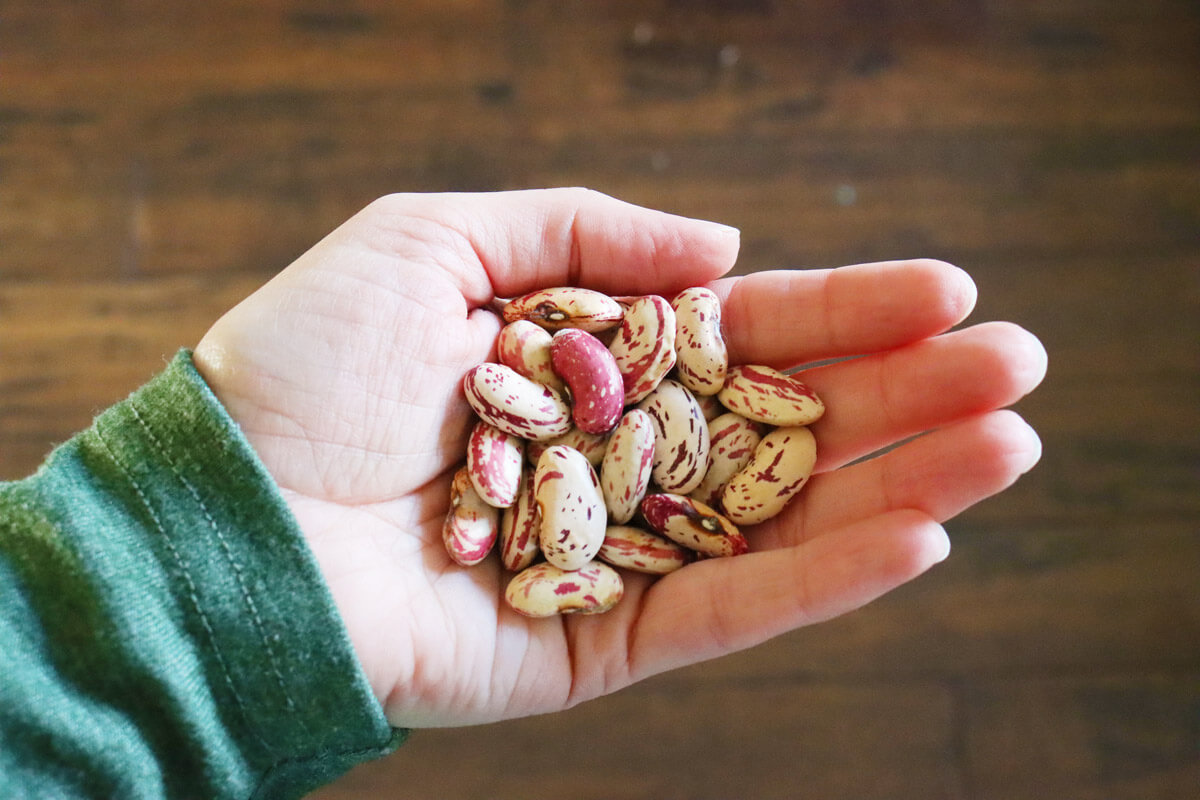

0 thoughts on “Organizing And Preserving Family Heirlooms”